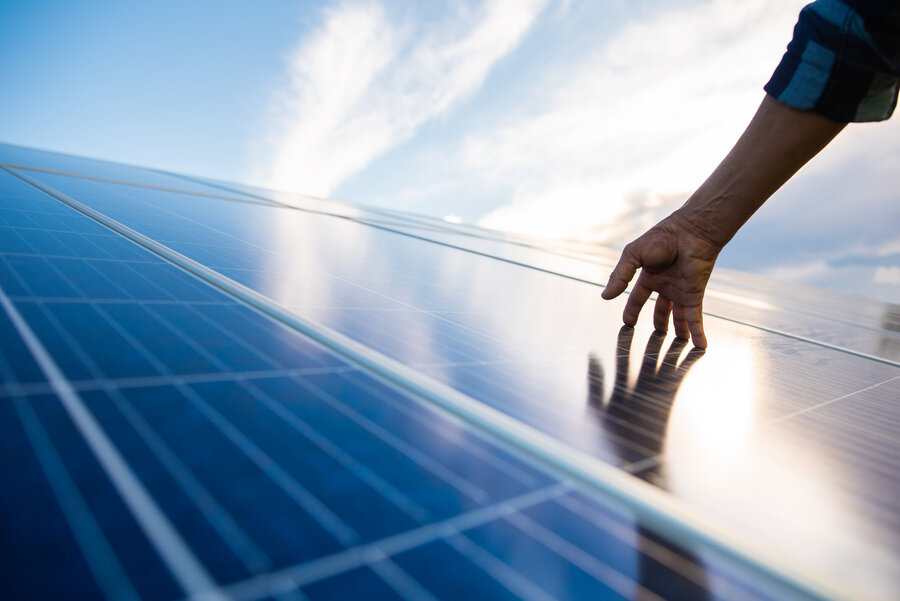Photovoltaic modules, although efficient and durable, can be subject to various performance-limiting factors that can affect their normal operation over time. Some of these effects include:
- Hot Spot Effect: This occurs when a shadow or obstruction on the surface of the panel, such as dirt, leaves, or any physical damage, causes an imbalance in the cells. In such cases, the shaded or obstructed cells absorb less light than the rest, leading to reverse current flow, localized heating, and potential damage to the module. The hot spot effect can result in reduced power output and, if left unaddressed, can lead to permanent damage to the module.
- Potential Induced Degradation (PID) Effect: PID is a phenomenon that can cause power degradation in photovoltaic modules over time. It occurs when there is an unwanted leakage current between the cells and the grounded structure, leading to voltage losses and decreased power output. PID is especially prevalent in modules installed in high-humidity and high-temperature environments, and it can significantly reduce the overall efficiency of the solar panel array if not mitigated.
- Light-Induced Degradation (LID): LID is another phenomenon that affects the efficiency of solar panels. It occurs during the initial operation of the modules when they are exposed to sunlight, leading to a temporary decrease in efficiency. LID is caused by the interaction of the boron and oxygen within the silicon material of the solar cells. While LID is reversible, it can affect the initial power output of the panels.
- Corrosion and Environmental Degradation: Photovoltaic modules are constantly exposed to various environmental factors, such as moisture, temperature fluctuations, and pollutants, which can lead to corrosion and degradation of the materials over time. This can result in reduced efficiency, discoloration, and physical damage to the modules, ultimately impacting their normal operation and lifespan.
To mitigate these effects, regular maintenance, such as cleaning the modules, ensuring proper installation and ventilation, and implementing appropriate protective measures, is essential. Additionally, selecting high-quality modules and adhering to proper installation guidelines can help reduce the impact of these effects and ensure the long-term efficiency and performance of the photovoltaic system.


